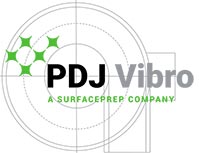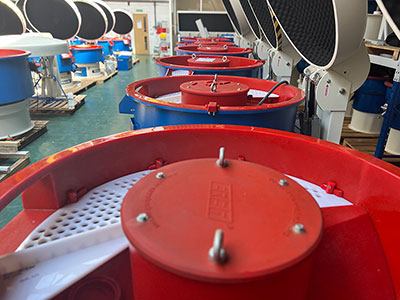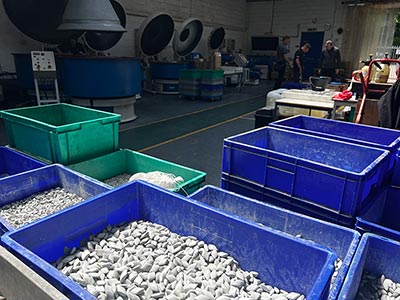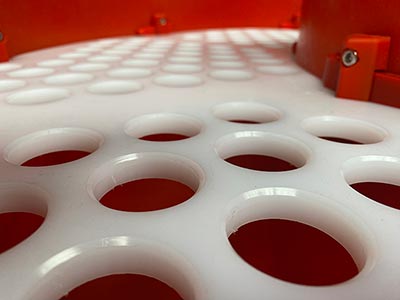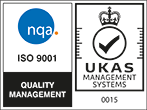Manufacturing, at its core, is a meticulous balance of processes, all aimed at achieving a high-quality product in the shortest time possible. However, in every manufacturing chain, there are often critical points or bottlenecks that can slow down production, leading to increased costs and delivery times. One such commonly experienced bottleneck is the finishing process.
The Challenge
Traditional finishing methods, such as hand finishing, while effective, can be time-consuming, inconsistent, and dependent on the skill level of the operator. This variability can result in slow turnaround times, inconsistent quality, and, in some cases, the need for rework.
Vibratory Finishing to the Rescue
Vibratory finishing machines, like those offered by PDJ Vibro and similar manufacturers, present a solution designed to tackle these challenges head-on. Here’s how:
Consistency & Quality
Vibratory finishing provides a uniform process, ensuring each part undergoes the same level of treatment, leading to a consistent and high-quality finish every time.
Efficiency & Throughput
These machines can handle multiple parts simultaneously, drastically reducing the time taken for finishing. This not only speeds up production but also makes it easier to scale operations without proportionally increasing labour costs.
Safety & Health
Automating the finishing process reduces the risk of workplace injuries associated with manual finishing, such as repetitive strain injuries or issues related to prolonged exposure to vibratory forces.
Cost-Effective
By reducing the time taken for finishing and minimizing the need for rework due to inconsistencies, vibratory finishing can lead to significant cost savings in the long run.
The Bottom Line
Incorporating vibratory finishing into a manufacturing process can significantly relieve bottlenecks, ensuring smoother operations and delivering products to market faster. For manufacturers looking to optimize their processes, reduce costs, and increase consistency, vibratory finishing is a compelling option to consider.
